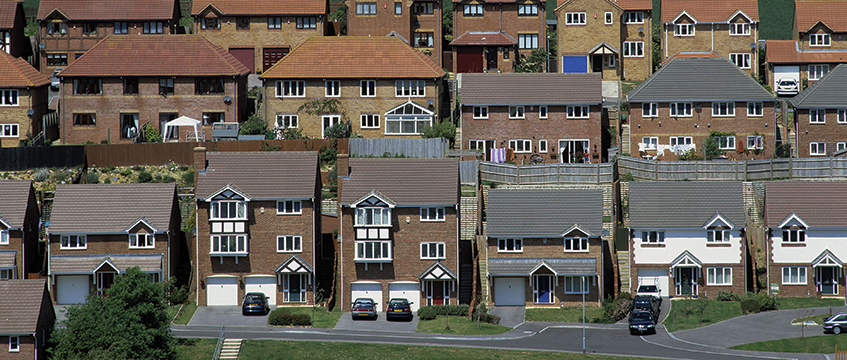The number of homes approved by local authority planning committees has fallen by 25% in just two years. Some 455,780 homes were approved in 2018, according to Radius Data Exchange analysis of applications for more than 10 homes.
This compares to 526,149 homes in 2017, and 608,700 in 2016. The decline reflects an overall drop in the number of homes that made it to planning officials.
In 2018, there were 6,181 applications and 533,196 homes were debated – 86% of these homes were approved.
The proportion of homes given consent has maintained this level for the last three years. But the number of applications has fallen – down by 29% since 2016, when there were 8,754 applications.
Local planning debates
“There are two forces at work,” says Hugh Ellis, interim chief executive of the Town and Country Planning Association. “Market uncertainty and the fact that the industry is not building out what it has [planning approval for] at the rate that society needs.”
Ellis says developers have a large backlog of permissions: “The industry has a lot in its back pocket.” And he says planning policy is not a barrier to home delivery.
He adds that public sector provision of infrastructure is essential and says that the government should enable the public sector as master developers, as recommended in the Letwin Review.
“Relying solely on the market is a mistake,” he says. “The private sector will say themselves that one of the things that is difficult for them about uncertainty is not just planning, it’s about infrastructure investment and that’s why the public sector plays such a key role in unlocking this.”
However, Graeme Warriner planning director at Barton Willmore argues that planning policy is obstructing development. He says the slow adoption of local authority plans is a critical issue.
“The National Planning Policy Framework being adopted and requiring authorities to calculate their own objectively-assessed need has meant that housing need is significantly higher than they have planned for. They have had to grapple with the issue of whether they review their green belt to deliver more strategic housing sites.
“It takes a lot of time because it is politically sensitive; it is quite an emotive issue.”
London spotlight
He adds that particularly in the South East and London, developers are also being more cautious due to other factors such as high land values and political demand for affordable housing.
“The private sector is not compelled to deliver housing, which does mean that issues of viability and uncertainty play an important part in whether the housing will be delivered or not.”
Radius Data Exchange figures show that the total number of homes approved in the South East fell by 17% to 100,809 between 2016-2018. In London, that figure dropped 32% to 83,524 during the two-year period. In 2018, these two regions contributed 40% of the homes approved in the UK.
Out of all the UK local authorities, Tower Hamlets saw the largest number of homes approved in 2018, with approvals for 10,040. This is still a stark contrast from the levels of 19,898 in 2016, despite making small increases from just 8,129 homes in 2017.
In 2017, local political leaders pushed back on sizeable schemes saying the borough was taking an unfair share of London’s housing need. Mayor John Biggs formally objected to Ashbourne Beech’s plans for 2,000 homes on the Isle of Dogs. At the time he said the acceleration of development in the area would not be able to continue.
Responding to the fall in housing request in Tower Hamlets , Biggs says: “London has a housing crisis, and we are doing everything we can in Tower Hamlets to tackle the inequality and social deprivation that it can cause.”
Sustainable development
Biggs stresses that the borough’s approach is not simply to meet the needs of the GLA. He says: “The planning committees have an important role to play in making decisions on larger scale development projects.”
He emphasized the priority for sustainable development met with high quality design and community expectations.
“We want to ensure that we are permitting and delivering better quality housing in better places, meeting the needs of our current and expanding population, supported by much-needed infrastructure including community benefits such as schools, health centres, parks, public realm, transport improvements and new and improved open spaces.”
To send feedback, e-mail emma.rosser@egi.co.uk or tweet @EmmaARosser or @estatesgazette











